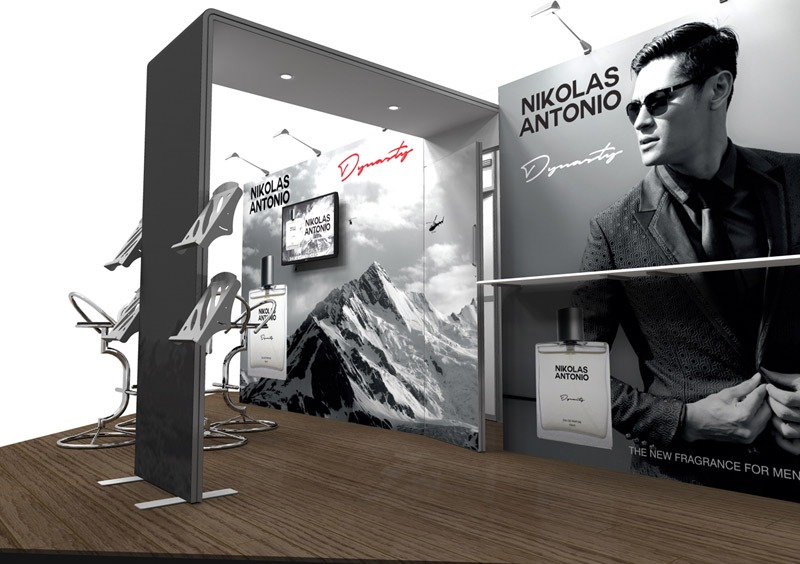The economy may have taken a big bite out of your exhibition budget over the past few years, but with event attendance on the rise, many companies are finding it’s time to get their show on the road again. In 2023, 6.92m people visited 1,016 exhibitions, representing a 14% rise from 2022. Exhibitions and trade shows have been recovering from the effect of COVID-19 as venues are reporting increases in attendance, as well as new venues. Now is the perfect time for businesses to re-examine their marketing goals and utilise exhibitions to provide significant value.
Selecting a trade show or exhibition to attend
The show you decide to attend should reflect your organisation and current customer base. You may have abandoned unprofitable product lines or entered new markets – does your list of shows reflect these changes? With the rise of new exhibitions, you should examine whether these new venues will meet your needs and get your company in front of the right audience. It may also be necessary to remove exhibitions from your schedule if they no longer reflect your business and its needs.
For advice and information on worldwide exhibitions, head over to Discount Displays’ trade show calendar. We have over 4,000 shows listed in our directory to make it easy to find shows near you.
Things to consider when selecting shows to attend:
- Location: how will you get there? Is the travel distance feasible for you?
- Venue: can the venue accommodate the size/type of stand you need?
- Audience: does the audience the show attracts align with your customer base?
- Cost: does the cost of exhibiting fit into your budget and will it see ROI (Return on investment)?

Source: Canva
Marketing Goals
If you have altered your product and market focus over the last few years, you need to ensure that your exhibition objectives align with the overall marketing goals of your company. Setting clear and measurable marketing goals is important to ensure you are moving in the right direction and creating value. Using the SMART acronym (specific, measurable, actionable, relevant and time-bound) to create goals is a great place to start. If you can set SMART marketing goals, you will be able to track whether and how your exhibition attendance has created value.
At Discount Displays, we recently conducted a survey about the current and future trade show landscape. The results revealed that lead generation and brand exposure were the most common objectives and indicators of success.
As a starting point, here are some more examples of exhibition goals that can be used to develop SMART objectives:
- Generate leads
- Market research
- Gain email marketing sign-ups
- Product sales
- Make connections
- Create marketing materials/content
Marketing Budget
It is crucial to examine your company’s budget to find out how much you will need to budget for your exhibitions. This will also help you determine whether it is being spent wisely. Looking at your exhibition marketing goals and your budget should help you determine your ROI at the end of the event.
Some costs you should consider in your budget:
- Stand staff
- Travel and accommodation
- Booking event space
- Exhibition stand (design, set up and breakdown)
- Venue services (electrics, car parks etc)
- Marketing and promotion
- Displays (printing graphics)
- Products your bringing
Stand design
Trends in stand design and technology change. You may also have updated your branding and messaging. Consider whether your stand reflects these elements and represents your business.
If you have a stand from a previous exhibition that no longer fits your needs, it may be best to create a new one. Consult with an exhibition stand design company to see what a new exhibition stand design can do for you. There have been many new developments in exhibition stand design such as multi-media displays or modular pieces. Below are some considerations you can use to help design your stand.
Objectives
You’re exhibition objectives can be used to determine the design elements and special features you need. For example, if your objective is lead generation then your design should include open spaces or designated spots for consultations. Additionally, if your objective is to make sales, ensure that you have areas for product demonstrations where users can interact and engage.
Budget
Your budget will play a big factor in the stand you can design. Consider opting for a modular stand as these are re-usable and re-configurable, making them more cost-effective. Custom-built stands look great but might not work for different venues. Your integration of technology will be determined by your budget size and how well you utilise it. Technology such as touch screens, VR or video walls are great for engagement if this is your objective, but require clever use of budget. Don’t forget to include the cost of installation and dismantling your stand at the end of the event.
Competitor research
Take a look at how your competitors have designed their stands. This will give you a good understanding of what works (or doesn’t) in your industry. You can use these insights to stand out or enhance your design choices.

Stand types
There are lots of different types of stands you can use for exhibitions. Here are some common types of exhibition stands:
- Pop-up Stand: A lightweight, portable display system that is quick and easy to assemble in minutes.
- Modular Stand: Flexible and can be reconfigured for different exhibitions. Good for brands that exhibit frequently.
- Gantry (Truss) Stand: The truss stand is made from strong aluminium and steel composite material and can easily be added to as you grow. Offers maximum customisation but often a more expensive option.
- Fabric Display Stand: Ideal for smaller budgets. Lightweight, seamless backdrops that offer an eye-catching display and set up in minutes.
- Stand Kits: Save with display kit bundles that combine a range of stand elements for a more affordable price than purchasing everything separately.
With the resurgence of exhibitions, companies should consider whether attending exhibitions can bring them value and whether they can adapt to the change in trends. Brands that can move with trends and utilise them at exhibitions will create value and ROI. When evaluating your exhibition plan, be sure to consider your venue, budget, marketing goals and stand design. For more information on choosing the right exhibition stand and graphics, visit our website or read our exhibition guide.




